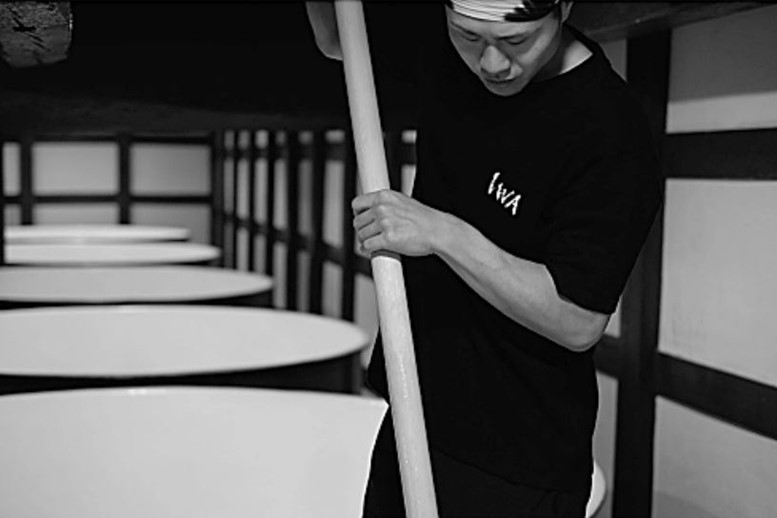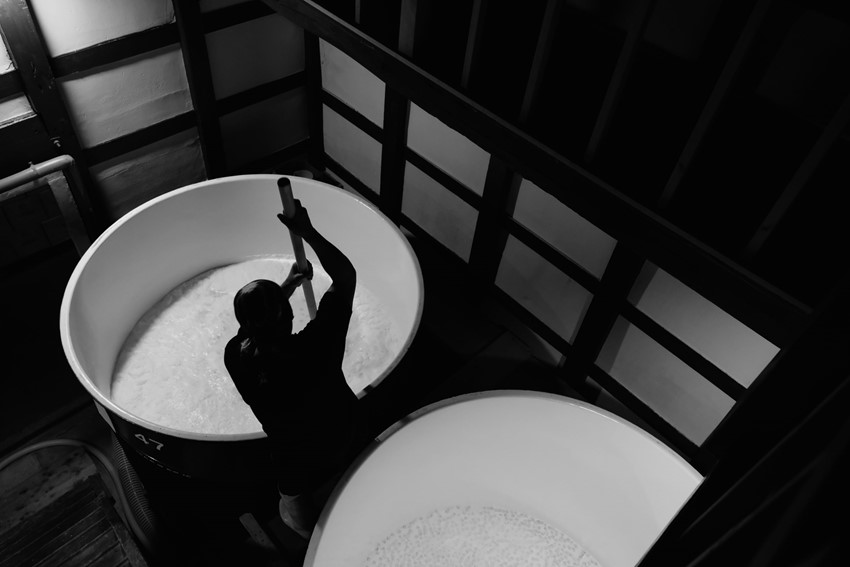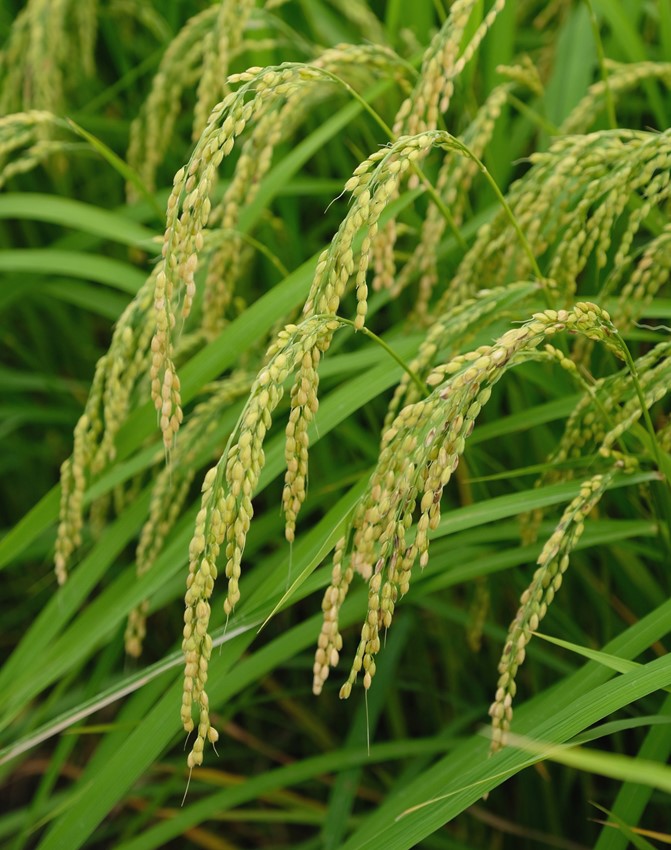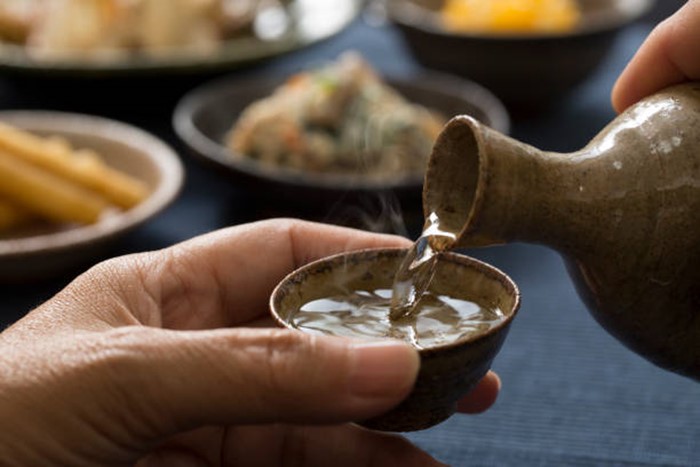What is Sake?
Written by Jamie Barrow
At its simplest, sake is a fermented alcoholic drink made from rice.
Despite being frequently referred to as ‘rice wine’, sake actually shares more in common with beer in terms of production.
Japan's signature drink
They have been making sake in Japan for well over 3,500 years, and over that time it has become the nation’s go-to beverage for special occasions, celebrations, and even religious ceremonies. It can be procured from the humblest of roadside vending machines through to Tokyo’s super-luxurious, fine-dining establishments.
In Japan, the word ‘sake’ is often used to denote a range of alcoholic beverages including beer, whisky, and wine. To refer specifically to the rice-based drink, you would use the term “nihonshu”, which means traditional alcoholic beverage from Japan.


How sake is made
“The quality of sake can never exceed the quality of its ingredients” – Sake brewer’s proverb
It's all in the brew. Given that rice is integral to the Japanese diet, it’s no surprise that it is used as the base material for sake. The other ingredients are water, koji (a useful type of mould), yeast, and occasionally the addition of distilled alcohol.
One of the first steps in making sake is polishing the grains of rice. The outer layers of rice grains are polished away to reveal the starchy core, which will become the source of sugar. The more the grain is polished, the purer and more elegant (and usually more expensive!) the final sake gets.
Next, the rice starch needs “unlocking” to turn it into sugar, much like the mashing process in beer brewing – this is where our koji mould comes in. Once we have our source of sugar, yeast and water is added and the process of alcoholic fermentation can begin. It’s a very delicate and time-consuming process – the smallest slip-up will spoil the brew!

A unique taste
When tasting sake, we tend to look for very different characteristics compared to wine. Quality in wine is indicated by bold, complex and long-lasting flavours, whereas sake is all about purity and precision. Sake tends to be slightly sweeter than most wines and with less acidity, and often has a distinctive savoury/umami quality that sets it aside from other beverages. The alcohol tends to be a little higher as well, typically 15-18% abv.
The different styles of sake
There are a few key terms that will indicate the style of sake:
- Ginjo: These sakes tend to have a distinctly fruity aroma and smooth texture.
- Daiginjo: As above, but the rice grains have been polished more for a purer, cleaner finish.
- Junmai: This translates as “pure rice”, meaning that there has been no additional alcohol added. They often have a more distinct savoury character.
- Honjozo: A light, clean style of sake that is considered very food-friendly.
- Koshu: A sake that has been aged, giving it a deeper colour and nutty, caramelised flavours.

Pairing sake with food
As with wine, a great pairing between food and sake can really elevate the entire experience.
A good place to start is matching the weight of your dish with the weight of sake. As an example, delicate fish dishes or salads are best paired with light, clean styles of sake such as Ginjo or Honjozo.
Sake’s unique umami character also opens up some great options, as it works well matched with very savoury, umami ingredients. Think Junmai or Koshu styles with dishes that contain mushrooms, aged cheese, or soy sauce. An alternative approach with sake and food is to not worry about the pairing so much, but to use sake as a palate cleanser. Pure, clean styles work really well to freshen up between mouthfuls.

For more on sake and food matching, watch this video with Richard Geoffroy, former Dom Pérignon chef de cave turned sake producer at IWA:
